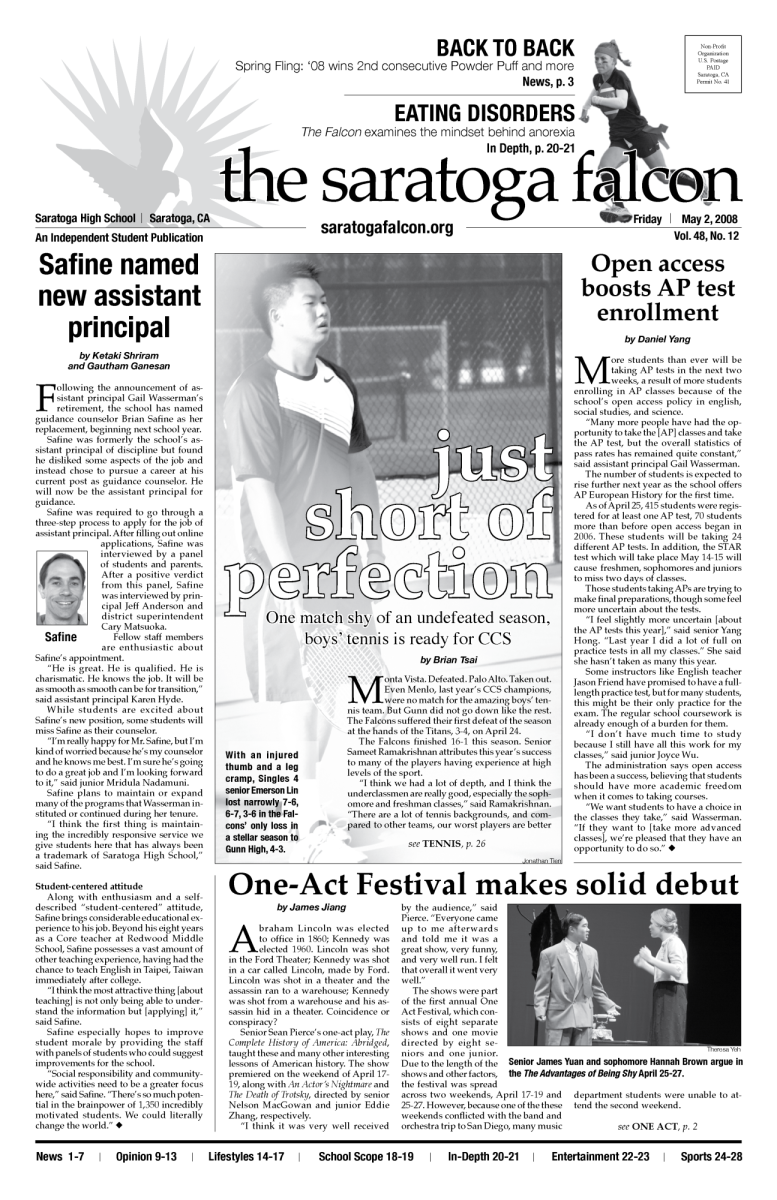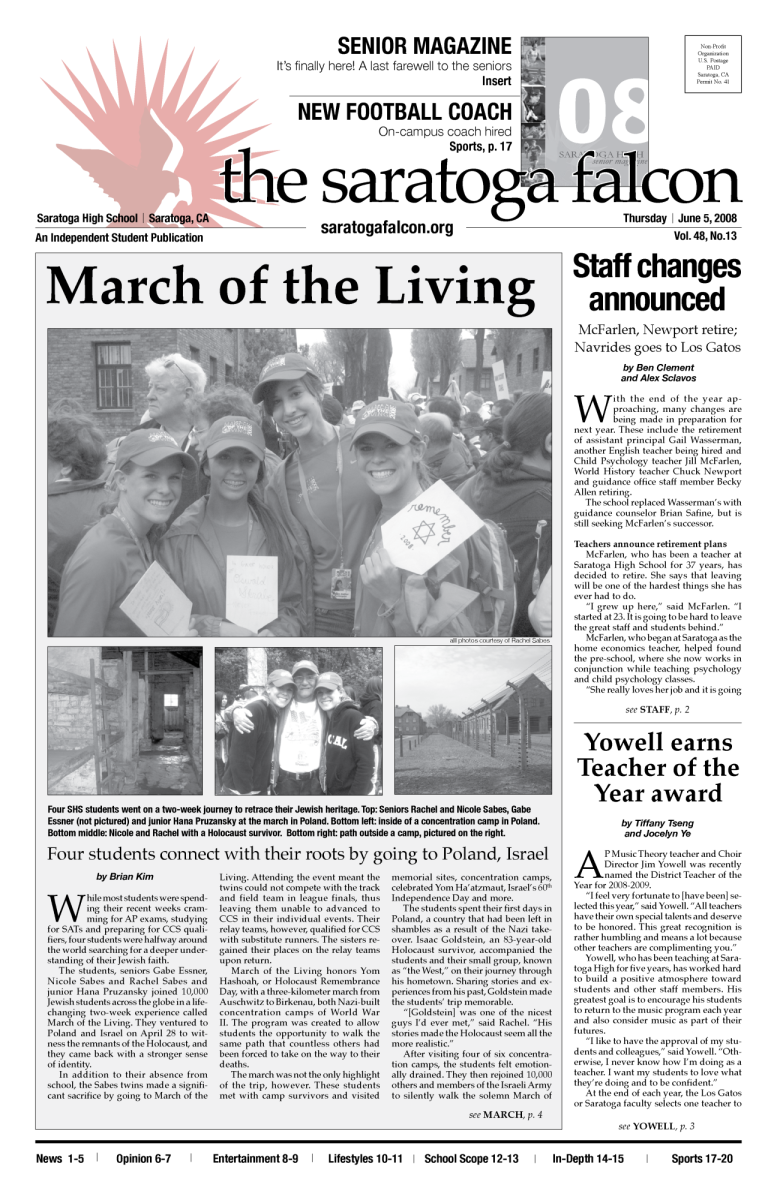Recently, Disney announced that the new princess Elena will star in an upcoming 2016 television series called “Elena of Avalor.” Elena will be the first Latina Disney princess, living in an enchanted fairytale kingdom inspired by diverse Latin cultures and folklore.
Disney’s effort to diversify its princesses is commendable. As children, we all eagerly watched Disney princesses overcome their obstacles, and when we shared a similar culture, we felt even more connected.
The animation studio may have initially favored Caucasian princesses, such as Aurora, Cinderella, Ariel and Snow White, but by the 1990s, it had started diversifying with princesses of different races and cultures. Although the earlier movies may be regarded as classics, they created an artificial and narrow ideal for young girls to look up to. Disney has represented many races in its proliferation of princesses, but it should continue branching out to include an even wider diversity of cultures.
Appearing in “Aladdin” (1992), Princess Jasmine was the first Disney princess of color. She not only possesses the brown skin and dark eyes and hair characteristic of her Arabian background, but also wears clothes similar to the costumes of Middle Eastern belly dancers. Admittedly, the way she is drawn isn’t accurate to a real Arabian princess, but Disney’s effort to incorporate at least some aspects of Middle Eastern clothing into her character was a step in the right direction.
More impressive, however, is that Disney even varied the facial structures of its princesses in some movies.
The animators gave Pocahontas, a Native American princess, prominent cheek bones and perhaps more East Asian features; at the time, this depiction was scientifically accurate. For Mulan, Disney drew her eyes to be almond-shaped, matching her facial structure to her ethnicity instead of white-washing her.
In the past 20 years, Disney has been making its princesses more active and independent, especially Mulan, Pocahontas and Tiana, who is African American. All three do not rely on being rescued and would rather solve problems on their own. All three are women of color.
This is a stark contrast from Disney’s earliest princesses like Cinderella, Snow White and Aurora, who spent their time dreaming of a better life and expecting a prince to come save them. While the earlier princesses created an image of a “damsel in distress,” the later princesses contributed to the feminist movement in a positive way.
Even more recently, however, Disney seems to be back to designing its princesses to have similar, if not nearly exact, facial structures, which relate to ethnicity. Rapunzel from “Tangled” and Anna from “Frozen” could be fraternal twins, and the upcoming Princess Elena seems to be their sister with only differences in coloring. Giving Caucasian princesses and princesses of color the same facial structures is a disappointing step back from Disney’s progress in the ‘90s. In a sense, the studio is “white-washing” the princesses in other ways besides skin color.
But ultimately, having the chance to watch a heroine with similar background or skin color bravely confront and solve her problems is a gift to young girls, providing a feeling of acceptance and security in their unique cultures and identities. Disney paved the way for more ethnically diverse animated characters, and we can’t wait to see what race and culture they draw inspiration from for their future films.



























